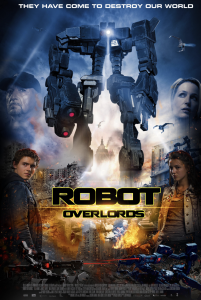Complaining about “aspirational” LinkedIn (LI) posts seems to be a favourite hobby for many wanting a “pure” networking site.
You know the type of thing they hate: I downsized to spend more time with my family, recovered from cancer and I just finished a marathon through the Kalahari Desert.
This kind of content clearly doesn’t cut it for the more practical LinkedInners (is that a thing?). They want to read about, I guess, job moves, industry conferences, useful tips and tricks from experts, hot takes on business doings… The things that the network was created for. They complain that LI is “becoming like Facebook.”
But here’s the thing: as you’ve surely noticed, these kinds of posts can get many thousands of likes and comments. Some – perhaps many – of those might be added through gritted teeth, but we at least like to appear that we are happy about someone else’s good luck and pluck as they rose from foster care to CEO in a month and a half. After announcements from the Bill Gates and the superstar content writers, they are the most popular posts.
So, although they may not always be my cup of tea, either, I will defend them from the POV of SOCIAL CONTENT THAT MAKES AN IMPRESSION.
In other words, as market(e)rs and company owners active on LI, we clearly have a lot to learn from these megaposts

Here are a few things we could start with. Add your own.
- People respond if they feel something, even on here – Practical LinkedInner is right about one thing: it’s the emotional, personal posts on Facebook that get the most attention. It almost doesn’t matter if the tone is angry, celebratory or thankful. It sets up a vibration inside the reader and they click a reaction.
- People at work do care about values – Companies, of course, talk about their people and their values all the time. But the response is usually an eye-roll or a snigger. We can see through it. Successful, aspirational LI posts demonstrate that values are powerful human drivers if they seem authentic.
- What people say and how they act can build your brand if you give them freedom – third-party validation of products from customers and mini-mission statements by employees do work, but we might try to resist the manipulation; what about if we really gave employees freedom to talk about their work – or whatever they like? People might be your best ambassadors when they aren’t talking about your brand.
- People like to be entertained – Even if LI visitors come online to look for jobs and tips, they are open for a bit of light relief. Stuff not about what they do day in, day out. This is true of some of the very best content, particularly B2C. Asana saves dolphins rather than simply talking about how teams work together and Mailchimp gives entrpreneurs makeovers. Both of these initiatives result in memorable narratives which give rise to emotions (positive in this case).
There is a caveat, of course. These types of posts work better if they are – or appear – authentic. So it’s best to use them sparingly and focus, as ever on what is useful to your followers and treat a highly emotive or personal post as a “special event.”
At the end of the day, both LinkedIn and the world of business are made up of people rather than solutions. If you can show vulnerability or inspire people or make them laugh – and gain reactions – while you are going about your work, then it’s a wise strategy.



